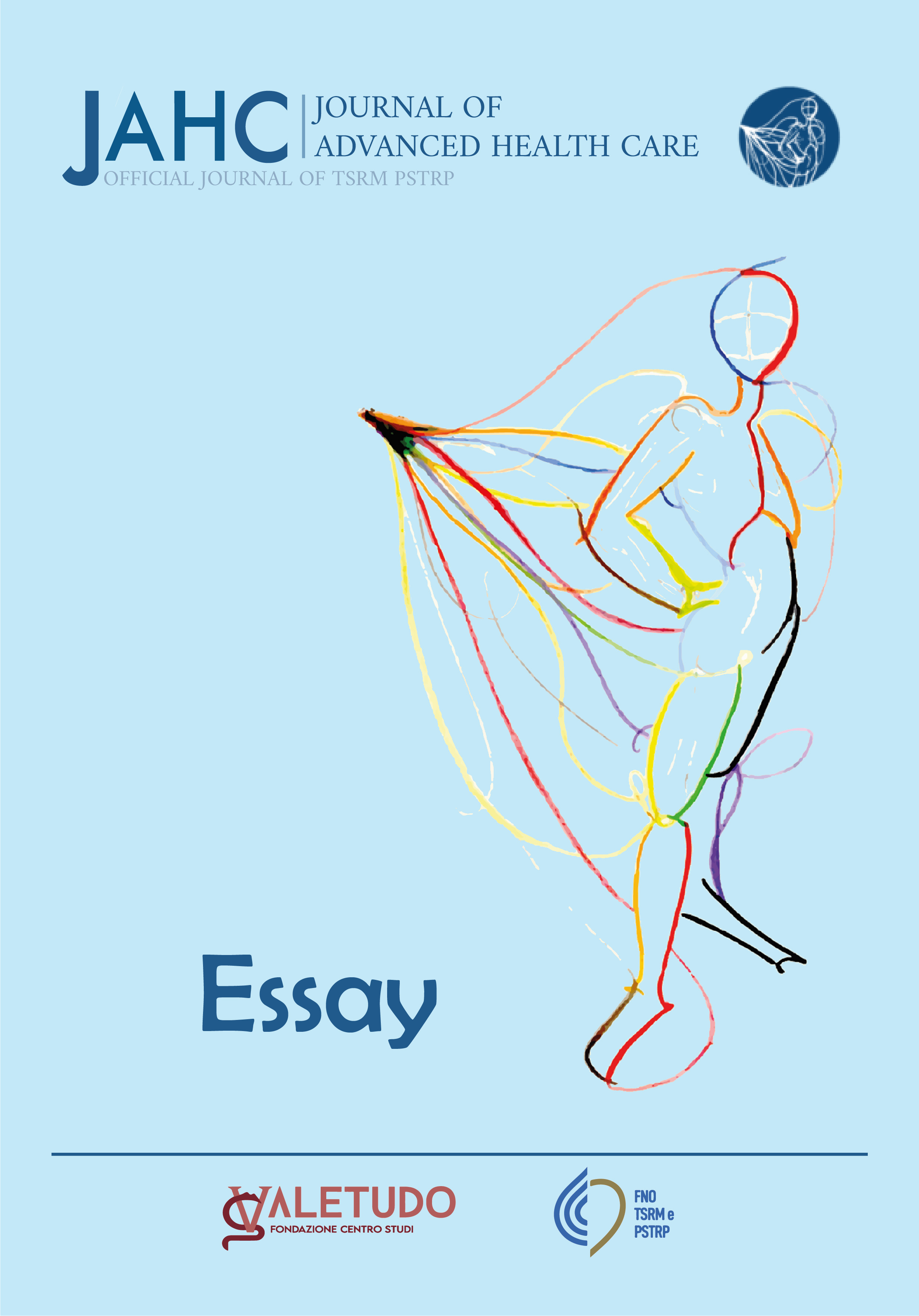Abstract
Magnetic resonance imaging is a multi-parametric tomographic imaging method based on the use of magnetic fields and radio frequencies, which provides high spatial resolution images of body structures. It is a third-level imaging technique used to obtain images with high spatial resolution and excellent tissue differentiation, useful for the detailed study not only of anatomical structures, but especially for the study of possible pathologies and abnormalities of the foetus and/or placenta. This type of method always follows ultrasound imaging: in fact, ultrasound is the elective method for screening for foetal abnormalities because it can provide real-time images with good spatial resolution without presenting harmful aspects to the foetus or mother. The main disadvantage of ultrasound is that it is operator-dependent and in some cases may limit the acquisition of sufficiently diagnostic information for the therapeutic management of the pregnant patient. Although the combination of trans-abdominal and trans-vaginal ultrasound examination is an excellent method for the study of the foetus and placenta and the detection of related pathologies, there are situations in which the correct diagnostic framing remains difficult. Magnetic resonance imaging, on the other hand, provides detailed information that is not operator-dependent. The study protocol includes the acquisition of predominantly T2-weighted sequences, as they highlight the signal from the amniotic fluid present in the placenta. The basis of fetal imaging with MRI is the possibility of acquiring ultra-fast images that reduce motion artefacts related to fetal motor activity, in the axial, coronal and sagittal planes of the fetus or orthogonal to the maternal pelvis, depending on the indications for the examination. MRI examinations are recommended from the nineteenth week of gestation. To the best of the current technology available, it is not considered possible to obtain sufficient spatial resolution, as well as contrast, to be able to obtain diagnostic, or at least additional, information from ultrasound below 19 weeks’ gestation. The fetal MRI study should always take place after a second-level ultrasound scan. It is considered totally unjustified to perform an MRI examination without an ultrasound evaluation first, performed by experienced operators. It is not indicated to perform an examination to check doubts arising from the screening ultrasound alone performed at 19-21 weeks' gestation (SIEOG guidelines). Examinations performed in the first trimester are required for pathologies of maternal perinence: they are generally performed when they are deemed indispensable and irreplaceable by other methods (ultrasound) or when the MRI examination can provide information that would otherwise require the use of methods with ionising radiation, such as CT.

This work is licensed under a Creative Commons Attribution 4.0 International License.
Copyright (c) 2025 Vincenzo Ciccone, Alessandro Menichini, Alessandro Desiderio, Fabio Grazioli, Francesco Negri, Rosario Gnazzo, Valentina Russo, Mariella Izzo, Simona Petrosino, Luca Gallo, Luca Mastandrea, Nicola Bertini, Chiara Aliberti, Mario Fimiani, Daniela Tomeo


